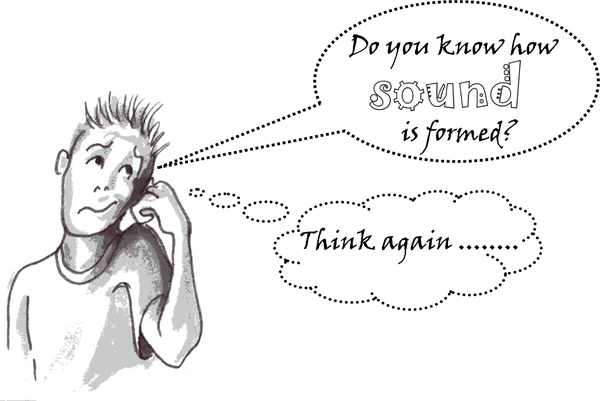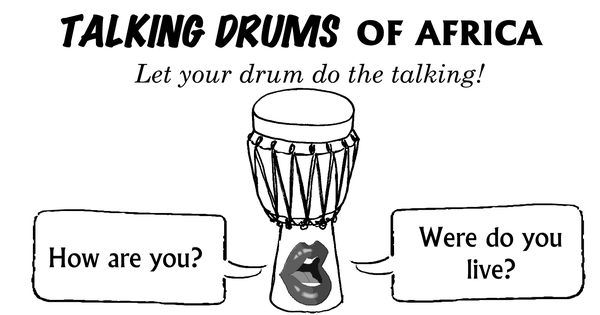| << Chapter < Page | Chapter >> Page > |
Step 1
Listen to sections of "I just can't wait to be king " and " Can you feel the love tonight " from The Lion King.
Step 2
Can you sing the following two phrases?
“ I’m gonna be a mighty king, so enemies beware!” and
“ Can you feel the love tonight, the peace the evening brings?”
Step 3
Draw a graph of the two melodies to show how the melody lines ascend and descend (pitch).
I’m gonna be a mighty king, so enemies beware!
Can you feel the love tonight, the peace the evening brings?
Step 4

Give the letter names of the notes on lines: ______________________________
Give the letter names of the notes in the spaces: __________________________
Step 5
Draw graphs of the given notation examples.
(i) Draw graphs of the given notation examples.
Are there any similarities to the graphs in STEP 4?
Step 6
(ii) Choose the correct title for each notation example.
Step 7
(iii) Add the letter names of the notes.

TITEL: ______________________________________________

| G raph | ||||
| L etter names |
TITLE: _________________________________________________

| G raph | ||||
| L etter names |

Play the Jembe! If there is none available ........


How is sound obtained on string instruments?
How is sound obtained on a brass instrument?
How is sound obtained on a drum?
- In the middle - lower sound (base)
- On the side - higher sound (tone)
- With the whole hand , open and flat, (hitting action) in the middle of the skin of the drum; low sound (base).
- With the fingers on the side of the skin of the drum; high sound (tone).

Hand technique Finger technique
Practise the following possibilities:
| R | L | r | l |
| - Right hand (flat hand). - Middle of drum (low sound). | - Left hand (flat hand). - Middle of drum (low sound). | - Right hand (fingers). - Side of drum (high sound). | - Left hand (fingers). - Side of drum (high sound). |
Step 1 (introductory)

PATTERNS
Can you decipher AND play the following?
| 1 | 2 | 3 | 4 | 1 | 2 | 3 | 4 |
| R | R | ||||||
| R | L | R | L | ||||
| R | L | R | L | ||||
| l | R | l | r | L | R | l | r |
| l | l | r | L | l | r | ||
| l | r | l | l | r | l | ||
| l | R | l | R | ||||
| R | l | r | l | R | l | r | l |
Try to combine the following two patterns
| 1 | 2 | 3 | 4 | 1 | 2 | 3 | 4 |
| R | L | l | r | l | |||
| l | R | L | R | l | r | ||
| l | r | l | R | L | |||
| R | L | R | L | ||||
| R | l | r | l | R | l | r | l |
| R | l | R |
D ice S ong:
Requirements:
Preparation:
The composition:
e.g. 1 6 4 1 2 5 1
| Learning Outcomes(LOs) |
| LO 1 |
| CREATING, INTERPRETING AND PRESENTING The learner will be able to create, interpret and present work in each of the art forms. |
| Assessment Standards(ASs) |
| We know this when the learner: |
| MUSIC |
| 1.6 focuses on music from a variety of South African forms: |
|
|
|
|

Notification Switch
Would you like to follow the 'Arts and culture grade 6' conversation and receive update notifications?